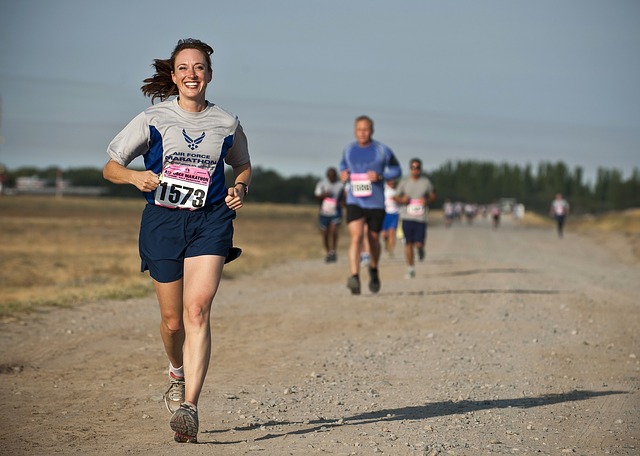
Five tips to transform yourself from coach potato to runner bean
Brits will spend more than 18 years of their adult lifetime sitting down, according to a recent survey by Solgar vitamins (http://www.solgar.co.uk/) of 2000 people in the U.K. In addition, the average person leads a very sedentary lifestyle racking up over seven hours a day in their chairs, and sitting down watching television for 13 and a half hours a week.
If you’re currently lacking motivation and finding it a struggle, here are five ways inspire you to be more active
Don’t ignore the dopamine. It’s generally thought that people with weight problems find it more difficult to exercise because they are heavier, making it physically more difficult to move. This may not be the case, however, as gaining weight may lead to neurological changes in the brain relating to reward. Dopamine is a neurotransmitter that helps control the brain’s reward and motivation centres. Research has shown that obesity changes the dopamine receptors in the brain leading to a lack of motivation and feelings of pleasure. This may be an explanation why we find it so difficult to exercise in January following the indulgences of Christmas.
Take it step by step. Losing excess weight is one way to increase the desire for a more active lifestyle, but it’s important to remember that weight loss is not something to be done by going ‘on a diet’ as this implies that at the end of it you will come ‘off the diet’. Instead, take small steps on a daily basis to change your eating patterns and habits. You could also use the support of a nutritional therapist, who will do much to ensure that your emotional as well as physical relationship to food is being addressed to ensure long term success.
Limit your TV hours. Spending too much time in front of a television or computer screen or tablet is a phenomenon on the increase with the surge in smartphone usage and number of television channels over the past decade. Whilst a little TV is a relaxing treat, too much can increase the risk of heart disease. Metabolic factors and inflammation may partly explain the link between prolonged sitting and the risks to heart health. Instead, try limiting the hours you spend in a sedentary positon throughout the day – try taking a meeting standing up, or going for a walk in the evening instead of watching TV.
And use your TV time productively. Whilst watching ‘Gogglebox’ do some yoga stretches such as the downward dog pose where the positioning of the heart above your head encourages blood flow both energising and calming your body.
Project your joints. If you are becoming more active, it’s important to protect your joints to avoid injury. This is recommended for everyone from the younger weekend warriors to the older generation who may be suffering from osteoarthritis or rheumatoid arthritis. Using a joint support product that contains 5-Loxin® Advanced will help to target multiple pathways to reduce the release of pro-inflammatory joint enzymes while simultaneously supporting the body’s range of natural motion and flexibility.(1-3) Undenatured type II collagen (UCII®) is another nutrient to look out for. When the joints undergo wear and tear the joint collagen can become exposed and attacked by the body’s immune system which sees it as the enemy. UCII® can help the body to recognise that this collagen should not be attacked and does so via a modulated immune response.(4) With this immune tolerance comes a reduction in damage, inflammation, pain and immobility.
Refs
1. Safayhi H, Mack T, Sabieraj J, Anazodo MI, Subramanian LR, Ammon HP. Boswellic acids: novel, specific, nonredox inhibitors of 5-lipoxygenase. The Journal of pharmacology and experimental therapeutics. 1992;261(3):1143-6.
2. Safayhi H, Rall B, Sailer ER, Ammon HP. Inhibition by boswellic acids of human leukocyte elastase. The Journal of pharmacology and experimental therapeutics. 1997;281(1):460-3.
3. Poeckel D, Werz O. Boswellic acids: biological actions and molecular targets. Current medicinal chemistry. 2006;13(28):3359-69.
4. Park KS, Park MJ, Cho ML, Kwok SK, Ju JH, Ko HJ, et al. Type II collagen oral tolerance; mechanism and role in collagen-induced arthritis and rheumatoid arthritis. Modern rheumatology / the Japan Rheumatism Association. 2009;19(6):581-9.



You must be logged in to post a comment Login